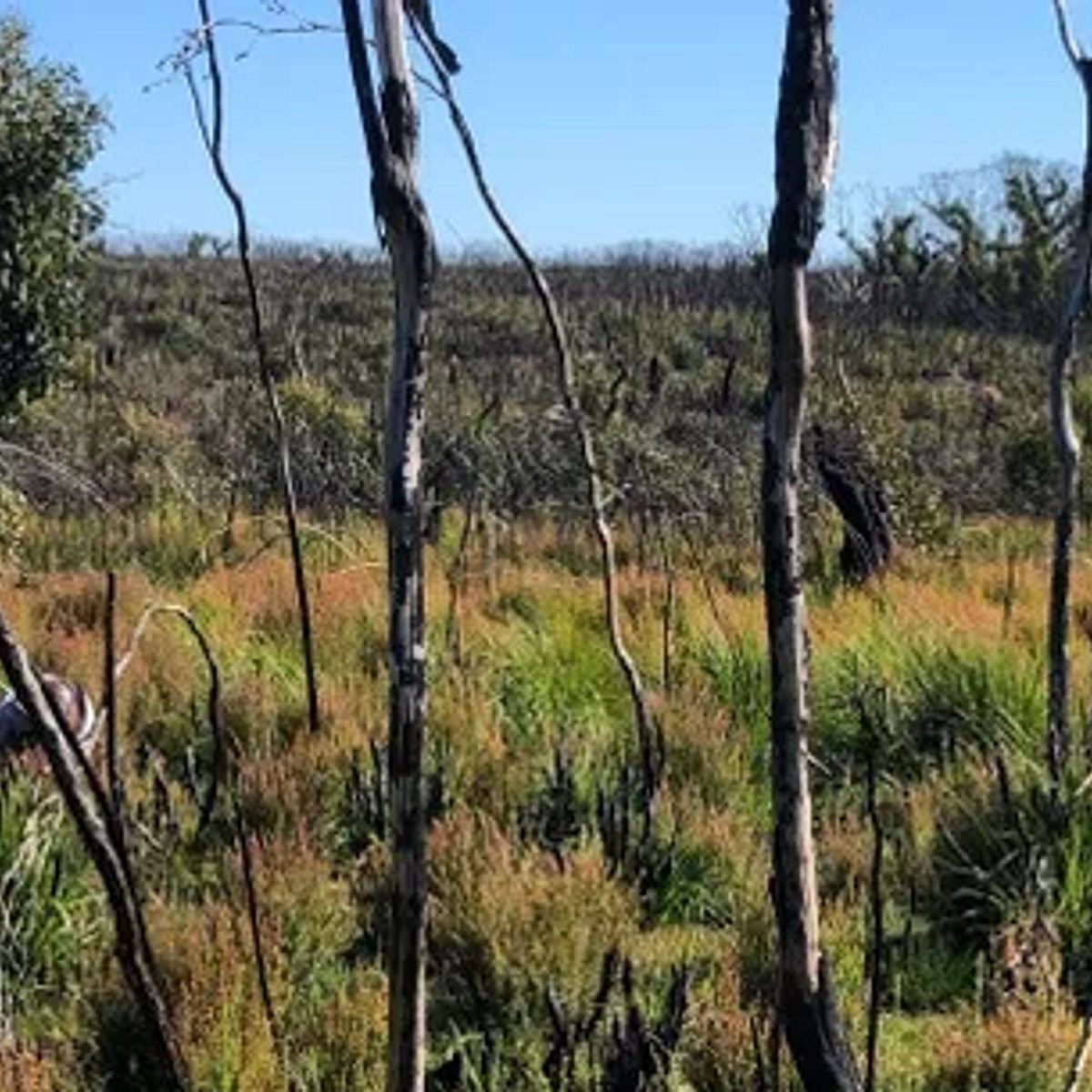

Following the devastating 2020 bushfires on Kangaroo Island, scientists at the SA Seed Conservation Centre have visited the island a number of times to investigate what botanical treasures have regrown, and to collect seeds and plant specimens with a conservation aim.
Over the cooler months of 2021, the season lends itself to studying findings: as such, the SA Seed Conservation team have focussed on laboratory work through winter.
They have investigated around 80 species of threatened KI plants, whose seeds were collected from regrowth in bushfire affected areas.
As well as banking the seeds as a safeguard for the future, their work also involved experimenting on how well seeds germinate in response to the fire cues of heat and smoke.
The scientists also looked deeper into the 300+ herbarium specimens they collected.
These herbarium records include both digital information and real dried plant specimens that are useful for identification, taxonomy (categorising species), and may be critical in the future to record what plants have been seen and where – vital in the fight against biodiversity loss.
On looking at these records, it was discovered that some species were seen following the bushfires that had not been recorded on the island for more than 70 years.
Furthermore, some species had never before been recorded as living on Kangaroo Island or indeed, in South Australia.
The team’s work has been made possible with public donations to the 2020 Bushfire Recovery Appeal, and travel to KI has been supported by Partner SeaLink Travel.
A small population of this orchid had been recorded in the Mount Lofty Ranges, and two 30 year old records on Kangaroo Island.
In the 2020 KI fire scar, four newly observed populations were located, with the help of botanists who’d never before observed this orchid in their many years of working on the island.
In 2020, a small number of plants were caged for protection, their flowers hand-pollinated and seed pods collected. The leaf collars of two plants were collected and the symbiotic fungus isolated for propagation trials back at the lab.
Task: Look out for leaf/flower emergence in the second and third year after fire. Search for new populations.

There was just one record of this plant’s existence in South Australia, recorded on Kangaroo Island.
In October 2020, scientists from the seed centre saw two very small populations of the plant growing in burnt soil, suggesting plants may response to fire cues. Five pods were collected from each populations for seed banking.
Task: Search for the orchid in September 2021 to better understand distribution and status.

This small, rare aquatic plant has been seen in ephemeral water bodies in Western Australia, but never before in South Australia.
A few plant specimens and seeds were collected from these plants on KI from Flinders Chase National Park in November 2020. Some were dried and sent to a scientist in Western Australia, who confirmed that the plant collected on KI has some subtle morphological characters that differ from Western Australian specimens.
Task: Further research will take place on this specimen to determine if it is a new species.

This rare herb is only known to exist in South Australia from two areas in the Mount Lofty Ranges.
But on their explorations of KI in 2020, seed scientists discovered two small population in Flinders Chase National Park. These observations suggest that this species is a short-lived, fire-responsive plant.
Sticky seeds were collected from the two populations for storing back at the seed bank, and for future propagation.
In April 2021 a few more plants were seen in minor tributaries, and in spring 2021, the populations will be assessed to determine if the adult plants have senesced and new seedlings have emerged.
Task: If still detectable in spring-summer 2021 it would be useful to confirm if this cress occurs in other river catchments within the fire scar in the west end of KI.

This rare plant is only known in South Australia from very few records in the South East region – and just one single record on Kangaroo Island from 1972.
During fieldwork on Kangaroo Island in October 2020, a population of a few hundred plants was observed growing on sandy soils in burnt mallee in Vivonne Bay, and seeds collected.
It is likely this annual plant is fire responsive, although it may be present in low numbers in the absence of fire.
Tasks: Further searches required to see if other populations exist in the region to better understand current distribution and population status. Will this annual re-emerge in fire scar in the second year post-fire?
